
Darjeeling region is famous throughout the world for the tea it grows. It is also known for its richness in cultural & natural heritage and the famous Toy train that has been declared an UN heritage. The two most significant contributors to Darjeeling's economy are tourism and the tea industry. The hills rise from the 'Terai' and 'dooars' plains of Bengal and reaches an altitude of more than 12,000 feet. Three divisions of the Darjeeling district, namely Darjeeling, Kalimpong, and Kurseong constitute the hilly areas of Darjeeling Himalaya. Darjeeling Himalaya is famous for its richness of flora and fauna. There are two national parks (Neora Valley NP and Singalila NP) and one wild life sanctuary (Mahananda WLS) in the area. Singalila national park is famous for red panda, a very rare and endangered species. Neora valley - a beautiful tropical forest, large part of which is still virgin - offers great attraction to the tourists.
The Darjeeling Himalayan Railway one of the major attractions of Darjeeling is lovingly called the "Toy Train". The Toy Train ride is a romantic approach to the Himalayas, a mysterious region. The landscape can only be described as spectacular and the views of the Himalayan peaks breathtaking. The Darjeeling Toy Train is one of the most famous narrow (2 feet) gauge trains. The 80 km long Darjeeling Himalayan Railway was established in 1881 runs from Siliguri to Darjeeling on a narrow-gauge rail. This slow train takes 8 hours to make the total run lumbering at 10 mph. It's much more of a tourist ride or for rail enthusiasts than functional since shared jeeps are the fastest way to get around.
The average temperature of Darjeeling varies between 200 and 250 near the foothills and goes down sharply as the altitude increases. In the town of Darjeeling, temperature may range from 80 to 150 centigrade in summer and from 10 to 60 centigrade in winter. It can get very cold in winter. Darjeeling truly has a diverse community of people consisting of the Lepchas (the original inhabitants), the different dialect groups of Nepali Gorkhas who form the majority, Tibetans, Bengalis, Biharis and Marwaris to name a few. These diverse communities create a lively cultural environment with their sumptuous food, colorful festivals, music and dances.
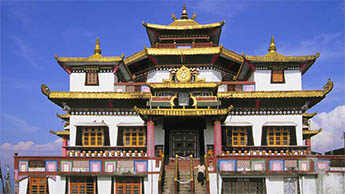
Cuddled in the far end of the Darjeeling at the foothill of mighty Himalaya is quaint hill station called Kalimpong
View Details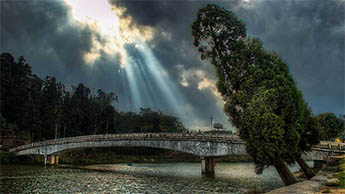
Surrounded by lush tea garden at an altitude of 1495mt is a sleepy hamlet called Mirik.
View Details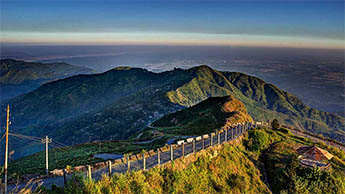
Kurseong is tiny & bustling hill town best known among the travelers for its daunting league
View Details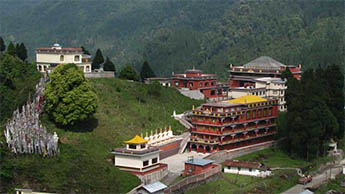
Lava is a small hamlet situated 34km east of the town of Kalimpong through Algarah in Darjeeling District.
View Details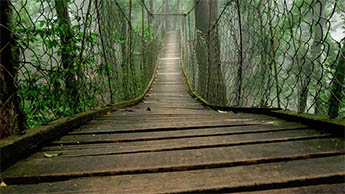
Tucked at the far end of the Himalayan Ridge at an altitude of 1675mt Lolegaon or also known as Kaffer village is a small
View Details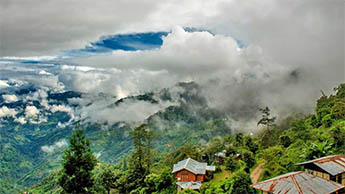
Perched on a hill at an altitude of 6100ft overlooking the mighty Eastern Himalayas is a quaint village Kolakham
View Details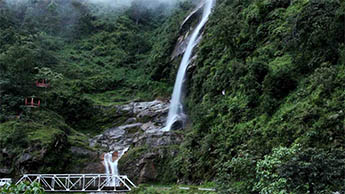
Located 14 km from the Lava with a breathtaking view of Mt. Khangchendzongha
View Details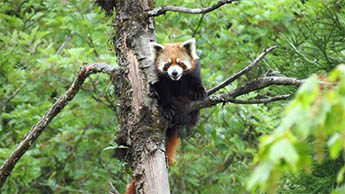
Established in 1986 at an altitude of 3200mt Neora Valley National Park is one of the last remaining hill forest
View Details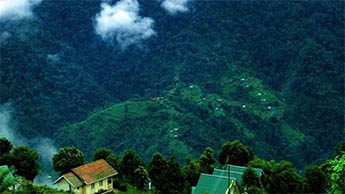
Tucked in the far edge of Eastern Himalayas at an altitude of 5000ft, 15km from Lolegaon is a small valley where
View Details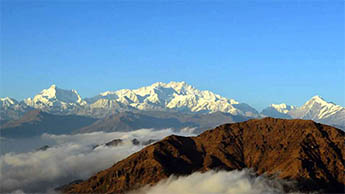
Sandakphu also known as the 'mountain of poisonous plants' because of the Himalayan Cobra Lilies
View Details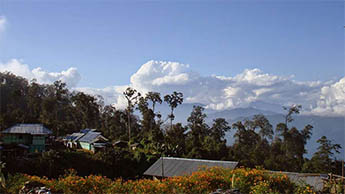
Nestled on the lap of Himalayan Nature amidst the pine forest of Damsang at an altitude of 6000ft is a picturesque village
View Details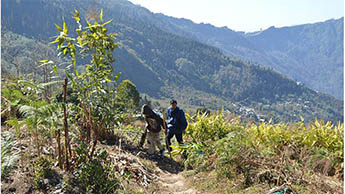
Nestled at an altitude of 5800ft and tucked within the mystical forest of pine tree is a place called Ichchegaon.
View Details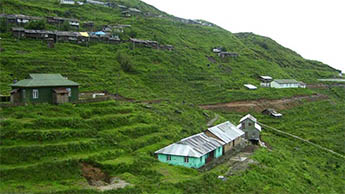
Pedong is one of the oldest towns of hilly region at an altitude of 1200mt located 20km east from the main town Kalimpong.
View Details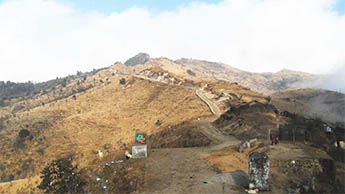
Located 28km from Darjeeling at the fringe of Singalila National Park on the border of India and Nepal is Manebhanjan
View Details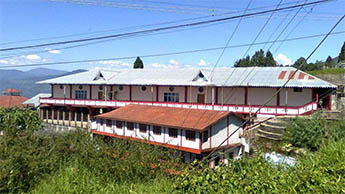
A quaint town located on the National Highway 55 has started to gain attention of the traveler traveling towards Darjeeling.
View Details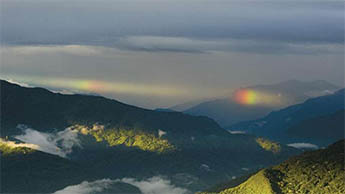
Located 66km from Darjeeling, Rohini located on the new road constructed to connect Siliguri with Kurseong was a very isolated
View Details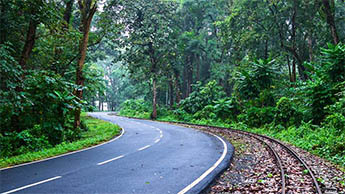
Perched on the foothills of Himalayas at an altitude of 1527mts, Sukna is the forest area and gateway between Siliguri and Darjeeling
View Details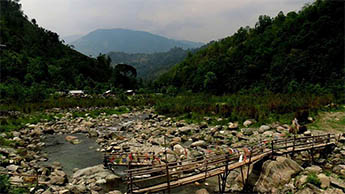
Located at the border of West Bengal and Sikkim along the bank of river Reshi is a quaint riverside village called Rishikhola
View Details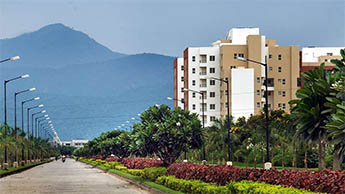
Siliguri located in the state of West Bengal on the banks of River Mahanadi and the foothills of the Eastern Himalaya
View Details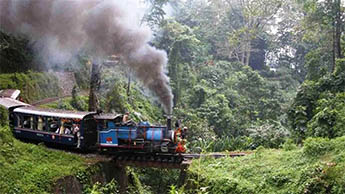
Rongtong, a small hamlet cradled on the lap of nature boasting of its greenery and aesthetic pleasure. Located
View Details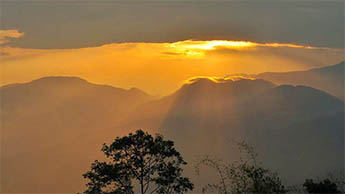
Surrounded by the pine forest kissed by clouds recently immerged as an enchanting tourist destination, 15kilometers
View Details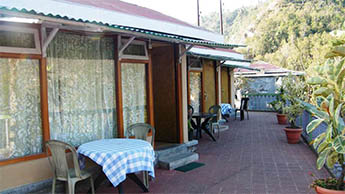
Perched amidst the orange orchards overlooking the stunning Mt Kanchenjunga and Kalimpong valley is a quaint hamlet
View Details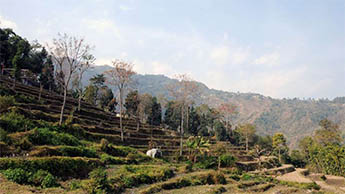
Bara Mangwa is a quaint village located in the Darjeeling district, towards the western side of the Kalimpong hills
View Details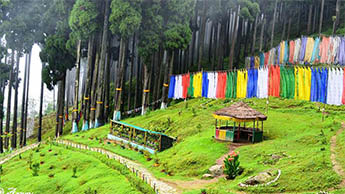
Amidst the pine forest overlooking the might Himalayan range at an altitude of 5000ft is a picturesque village called Lamahatta
View Details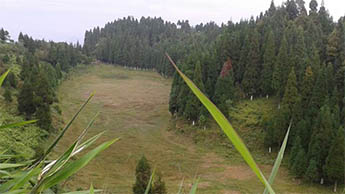
Perched at the highest point of the Mahananda Wildlife Sanctuary at an altitude of 4200ft with the mesmerizing view
View Details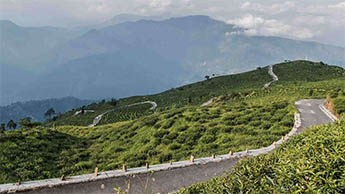
Located at an altitude of 5800ft, 3km above Takdha is a quaint mountain village called Tinchuley. 32km from the main town
View Details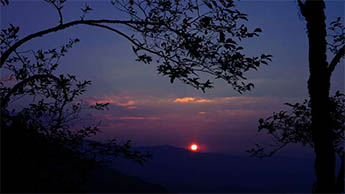
At an altitude of 6956ft, 19km away from Darjeeling is a quaint hamlet called Lepchajagat. Lepchajagat is a picturesque
View Details